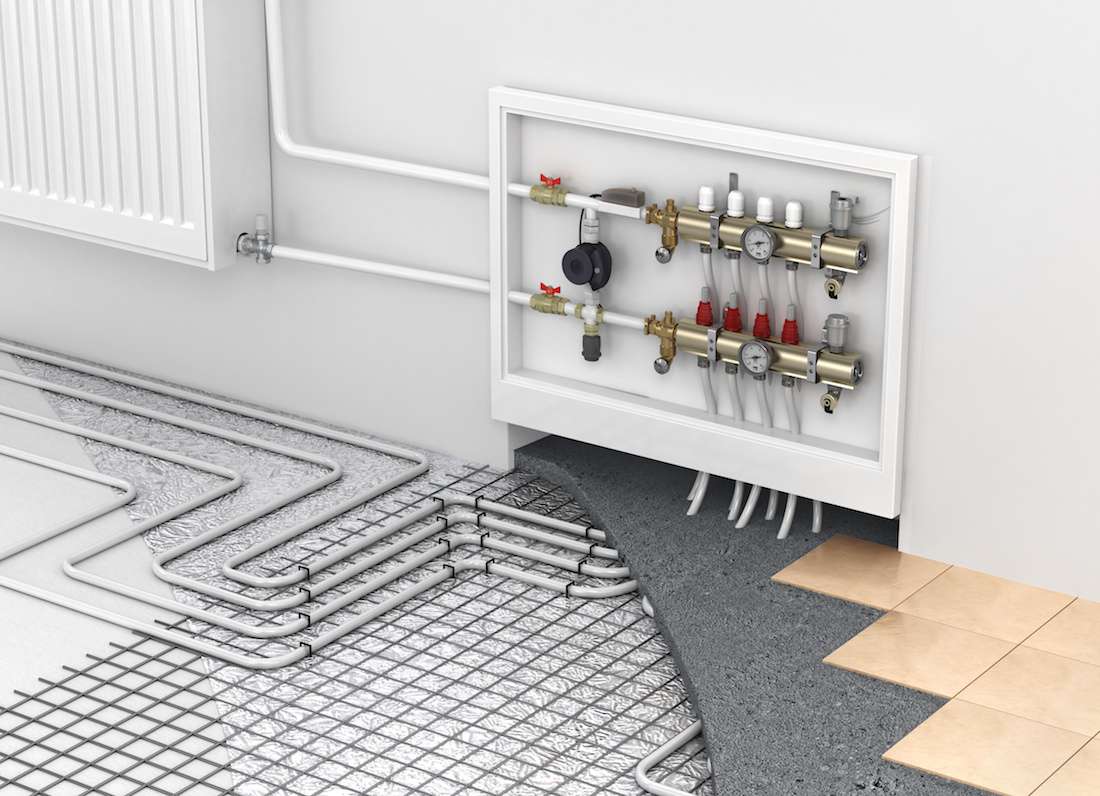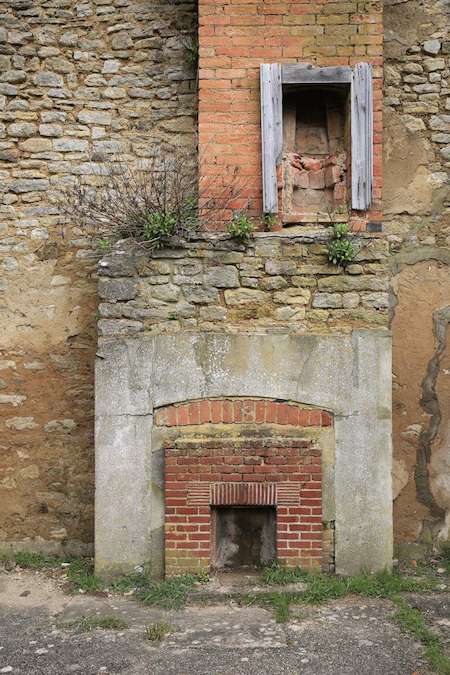The untold story about central heating become popular in the UK.
The history of our current central heating systems
What’s behind the modern day invention?
Have you ever wondered how and when central heating systems became popular in the UK? And, once they were in use, what to do when you run into gas central heating problems or electric central heating issues? Following is the untold story about how central heat and air became popular in the UK as well as interesting tips to hear from the experts who have seen it all. This will make you consider having only the best professionals handle your heating system, as we explain to you the ins and outs of how it all comes together and what to do when your central heating and cooling suddenly breaks down.
Unlike Conventional Central Heating Systems, Underfloor Heating lets you precisely set the temperature in every room so you can live in the comfort of your home every day.
Way back in the beginning of heat
Our modern day central heating systems have a history that dates back to early days of man when heat came from an open fire. As we became more civilized, the Romans came up with a way to capture this heat into one central location underneath a false floor or inside a hallow wall. The long Latin word for this method of heating is called, “Hypocaustum”, which simply means burning underneath. It was commonly used in Roman steam or bath houses. The way this worked was that the heat source would fill the void and provide warmth to the surrounding rooms. Though there was promise of improving upon this central heating idea long ago, the introduction to common homes took hundreds of years to be embraced.
Progressing through the 1800s
In the 1800s, an inventor named William Strutt came up with an idea to use a stove located in an underground passageway to heat the outside air and then send it throughout the building using ducts. Though, his idea was used in the Royal Infirmary, it would take several more years before central heating was used by private residents in their homes, as the method was expensive to implement. So, most common folk continued to use wood-burning stoves until the early 1900s when electricity was beginning to be more widely used and homes were designed with better insulation to allow for an electric furnace.
Using water to radiate heat
In the 1930s, cast iron column radiators were being used in British households. These radiators used water to radiate heat, and a lot of it, usually about 25 litres worth making them extremely heavy. The central heating radiators were heated by water which traveled through a gas boiler. It would take another few decades before a panel radiator would be introduced cutting the water need in half.
While central heating boilers are still used, there are now many innovative ways to heat our homes. Today, you can choose from oil, coal, copper and aluminium fins in a wall casing, heat pumps, warm air systems, renewable sources of air or ground, and solar panels along with natural convection, gas and electricity.
Unlike Conventional Central Heating Systems, Underfloor Heating lets you precisely set the temperature in every room so you can live in the comfort of your home every day.
Troubleshooting temperature issues
With all of these central heating systems options, sometimes things go wrong. If an issue does arise, it’s a good idea to know some helpful problem-solving tips to save you time and money.
Radiator too cold or only warm underneath
When your radiator is cold all over, including the hot water taps, first check your thermostat to make sure it is on and working properly. If the radiators do not warm up, check the programmer to ensure that the central heating and the hot water are on. Next, make sure the electricity is properly supplying power and that a fuse has not been blown or the breaker switched off. If things are still a bit chilled and nothing is working, check the motorised diverter valve that is next to your boiler. This valve controls the flow of heated water. Turn it off and then back on.
If none of these problem-solving steps work, it could be a problem with the pump, which forces hot water down the flow pipe into the radiators and the taps. Turn off the pump to determine if this is the culprit. Sometimes, the pumps become clogged with dirt and need to be cleaned. Other times, it could be a mechanical failure. Or, it could be acting up due to trapped air. If this is the case, look for a nut that you can turn to release the built-up air. When you notice fluid coming out, close the valve, and turn the pump back on to see if it works.
Radiator is only warm underneath
One of the most common problems is when the radiator is only warm below. It is also one of the easiest issues to fix. What you need to do is a process called bleeding the radiator. What this entails is stopping the air from entering the system by simply switching the pump off. Next, put a bucket underneath the corner of the radiator, and find the square brass nut located on top of one of the corners. Now, use the radiator key to turn it on. If you don’t have a radiator key, you can pick one up at a hardware store. Turn the nut about 45 to 90 degrees counter clockwise until you hear air releasing. Soon, you should see dirty water begin to drip into the bucket. Now, tightly close the valve. Come back later to check to make sure there are no leaks. If, on the other hand, your radiator is cold at the bottom but warm on top, you may have sludge build up inside. This sludge will need to be flushed out by taking the radiator off of the wall and flushing it with water. If this doesn’t fix your problem, the pump may be broken, or you may have a blocked pipe.
Quieting the noise
Noisy boiler
When your boiler is making strange sounds, it may be what is called kettling. Kettling happens when the pilot light ignites. To see what is causing the noise, turn the boiler off. Find the air bleed screw, and vent any possible trapped air. If the noise continues, and your boiler is a pressure system, make sure it is at the right level. If it is a system or traditional style, make sure there is enough water getting to the feed-and-expansion tank. Make sure it is not stopped up with sludge. If so, flush it out with water.
Keep the pressure constant
Pressure loss or overflow keeps running
Check the pressure gauge, and if it is losing pressure, you could have a leak, or you lost air when the system was bled during maintenance. If this is the case, add water through the filling loop. On traditional and system boilers, the water tank feeds the hot water and heating system. If the ball-cock inside the tank becomes jammed, the overflow may keep running. If this is the problem, clear whatever is jamming the ball-cock. If you have an immersion tank, call a plumber and don’t attempt it yourself.
Know when to call in the expert
When all else fails, rely on the professionals to help
After you have tried all of the troubleshooting efforts, if your heating is still not working, it may be time to call in a professional who will be able to get your home warmed back up in no time.
Contact us for more useful information on building related designs and products for your home using one of our social links below.
Alternatively visit our social media sites








